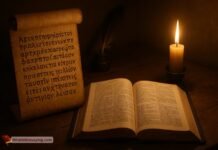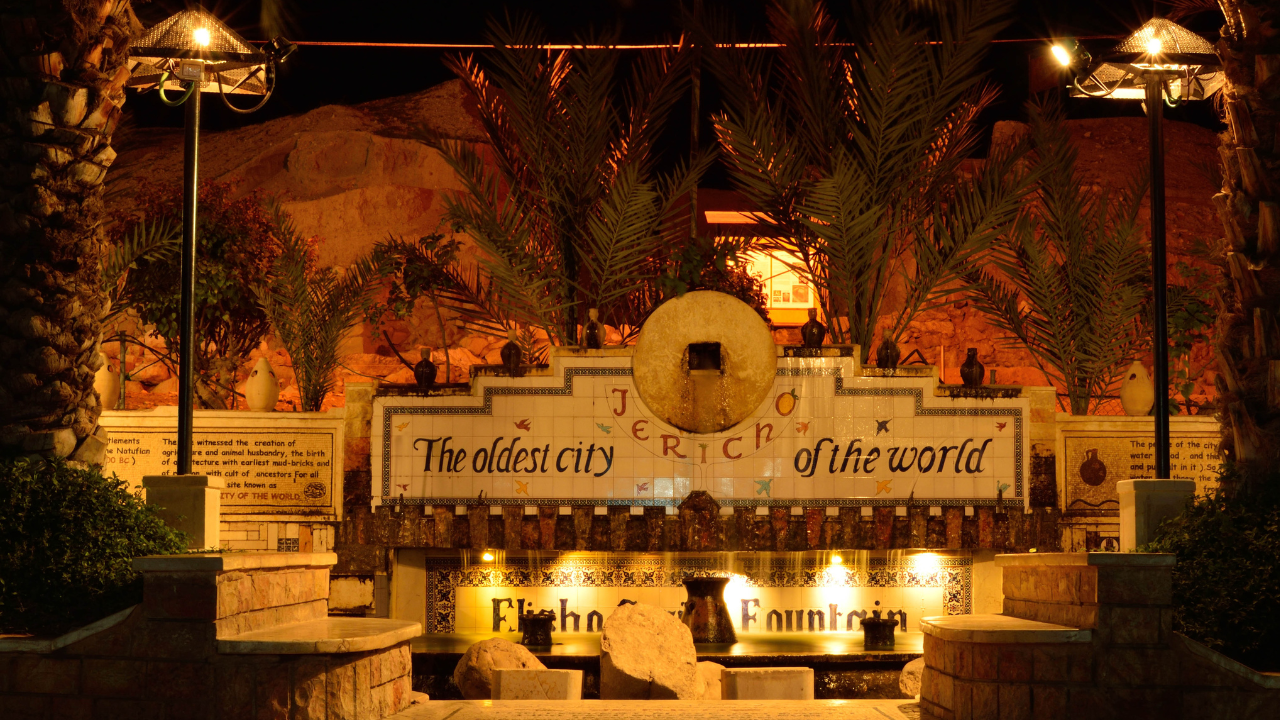 In our quest for understanding, some questions stand out as particularly intriguing due to their symbolism and practical implications—like whether Bibles are fireproof. This article delves into the physical resilience of holy scriptures and explores how we should approach reading the Bible. By addressing these topics, we aim to foster a deeper connection with these sacred texts.
In our quest for understanding, some questions stand out as particularly intriguing due to their symbolism and practical implications—like whether Bibles are fireproof. This article delves into the physical resilience of holy scriptures and explores how we should approach reading the Bible. By addressing these topics, we aim to foster a deeper connection with these sacred texts.
Is Burning the Bible Allowed?
Legal and Moral Perspectives
Burning any book, including the Bible, touches on issues of freedom of expression and religious respect. Legally, such actions depend on local laws concerning hate speech and religious freedoms. Morally, it challenges personal and communal respect for sacred beliefs and texts. This section examines both angles, providing a balanced view on the legality and morality of burning religious texts.
Why Are Bibles Red?
The Significance of Color in Religious Texts
The tradition of red Bibles is rooted in symbolism. Red, often associated with the blood of Christ, signifies sacrifice and redemption. This segment explores the historical and spiritual reasons behind the color choice, enhancing understanding of its widespread use.
When Were All the Bibles Burned?
Historical Incidents of Religious Texts Destruction
Throughout history, instances of mass destruction of Bibles and other religious texts have occurred during wars, religious persecutions, and by regimes opposing religious freedoms. This part highlights significant events where Bibles were targeted, reflecting on the impact of these actions on faith communities.
What Does Fire Do in the Bible?
Symbolism and Teachings
Fire in the Bible symbolizes various concepts, including God’s presence, the Holy Spirit, and divine judgment. This section will interpret these symbols, connecting them to broader biblical teachings and their implications for believers.
Why Don’t Bibles Burn in House Fires?
Reports and Rational Explanations
There are anecdotal reports of Bibles surviving fires unscathed. Here, we investigate such claims, discussing the materials used in Bible production, such as scritta paper, and their properties. We’ll explore whether there is a scientific basis to these claims or if such incidents are more about faith and divine interpretation.
Bible Didn’t Burn in Fire: Investigating Claims
Analyzing Documented Miracles and Explanations
This part delves into specific instances where Bibles reportedly survived fires and examines the circumstances and evidence surrounding these cases. It aims to provide a thoughtful look at whether these are miracles, coincidences, or a testament to the materials’ physical properties.
Is Scritta Paper Flammable?
Understanding Bible Paper
Scritta paper, often used in printing Bibles, is known for its thinness and durability. This section discusses the flammability of scritta paper compared to standard paper, providing insights into why Bibles might appear more resistant to fire.
Conclusion: Embracing the Spiritual Journey Through the Bible
As we reflect on the physical and spiritual resilience of the Bible, it’s clear that the true strength of these sacred texts lies in their enduring messages. Whether you’re a seasoned reader or new to biblical studies, understanding the best order to read the Bible can enhance your spiritual journey. This final part suggests a thoughtful approach to reading the Bible, tailored to individual faith backgrounds and interests, ensuring that each reader finds a personal connection with the scriptures.











